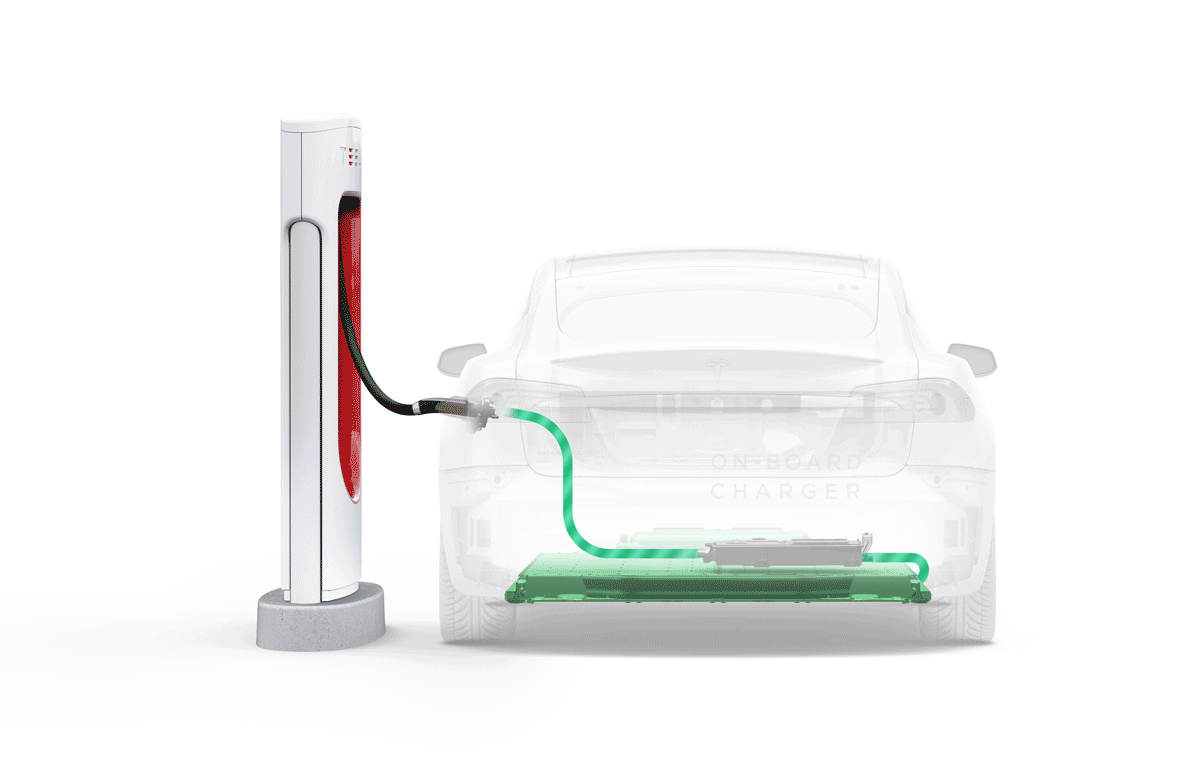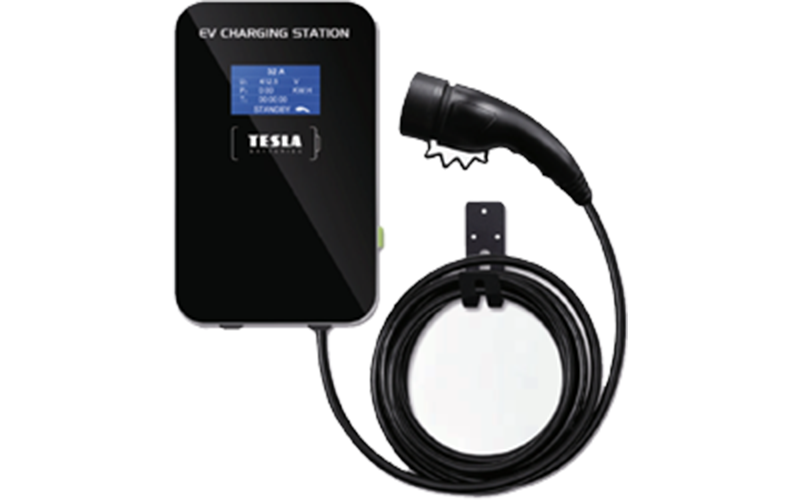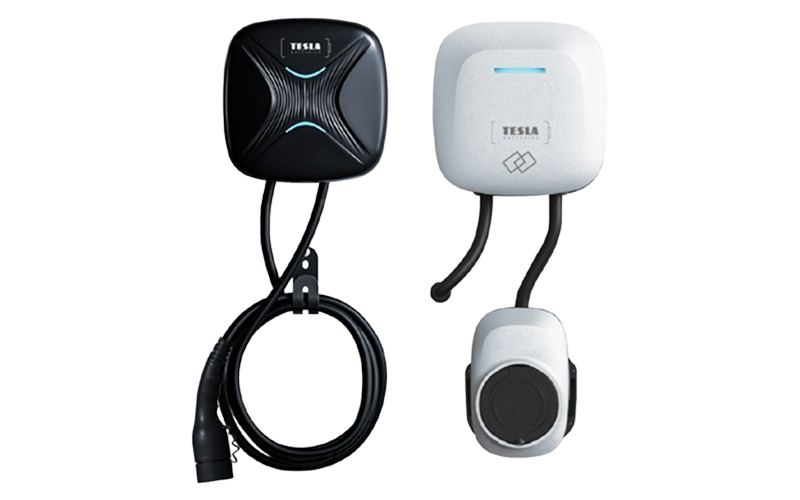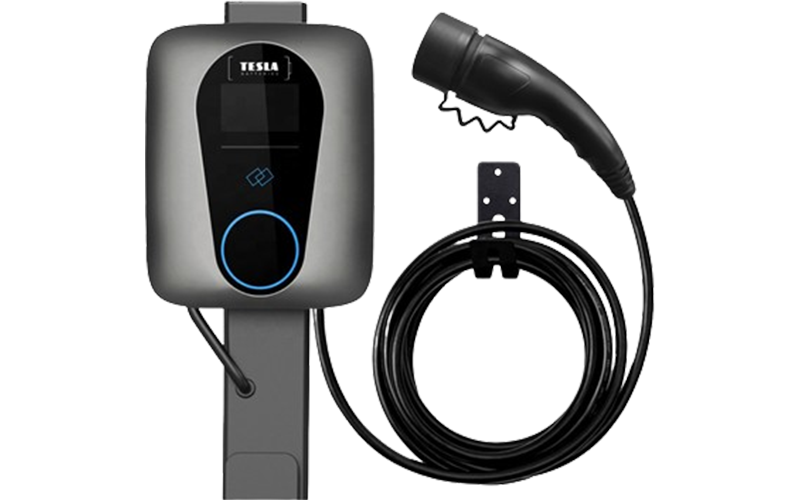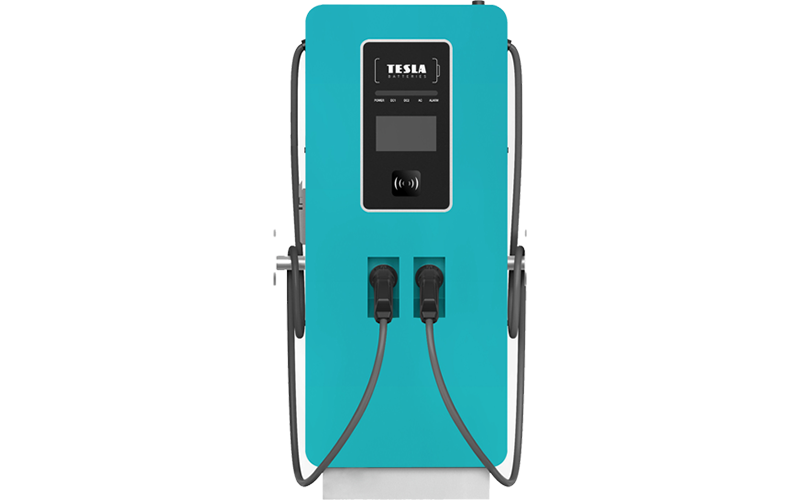There are two types of electrical currents for EV charging: AC and DC. The difference between AC-type EV charging and DC-type EV charging is where the AC power is converted to DC power. In AC-type charging, the AC is converted in the vehicle by its on-board charger, which is time-consuming; however, with DC-type charging, the conversion takes place in the charging station before the power is delivered to the vehicle, and as a result, it can bypass the limitations of the electric vehicle’s on-board charger and deliver more power. This is what makes DC EV charging faster.
EV Charging Solutions
- Home
- EV Charging Solutions
Station Types
AC Charging Solutions
AC charging is the most readily available and convenient type of charging for electric vehicles. Outlets for AC charging can be found almost everywhere, including homes, shopping plazas, and workplaces. The chargers commonly encountered in these locations are known as Level 2 AC chargers.
DC Charging Solutions
DC fast charging is essential for high mileage/long-distance driving and large fleets. Its quick turnaround time allows drivers to recharge during their day or take a short break, rather than needing to be plugged in overnight or for several hours to achieve a full charge. These chargers are commonly referred to as Level 3 DC chargers.
